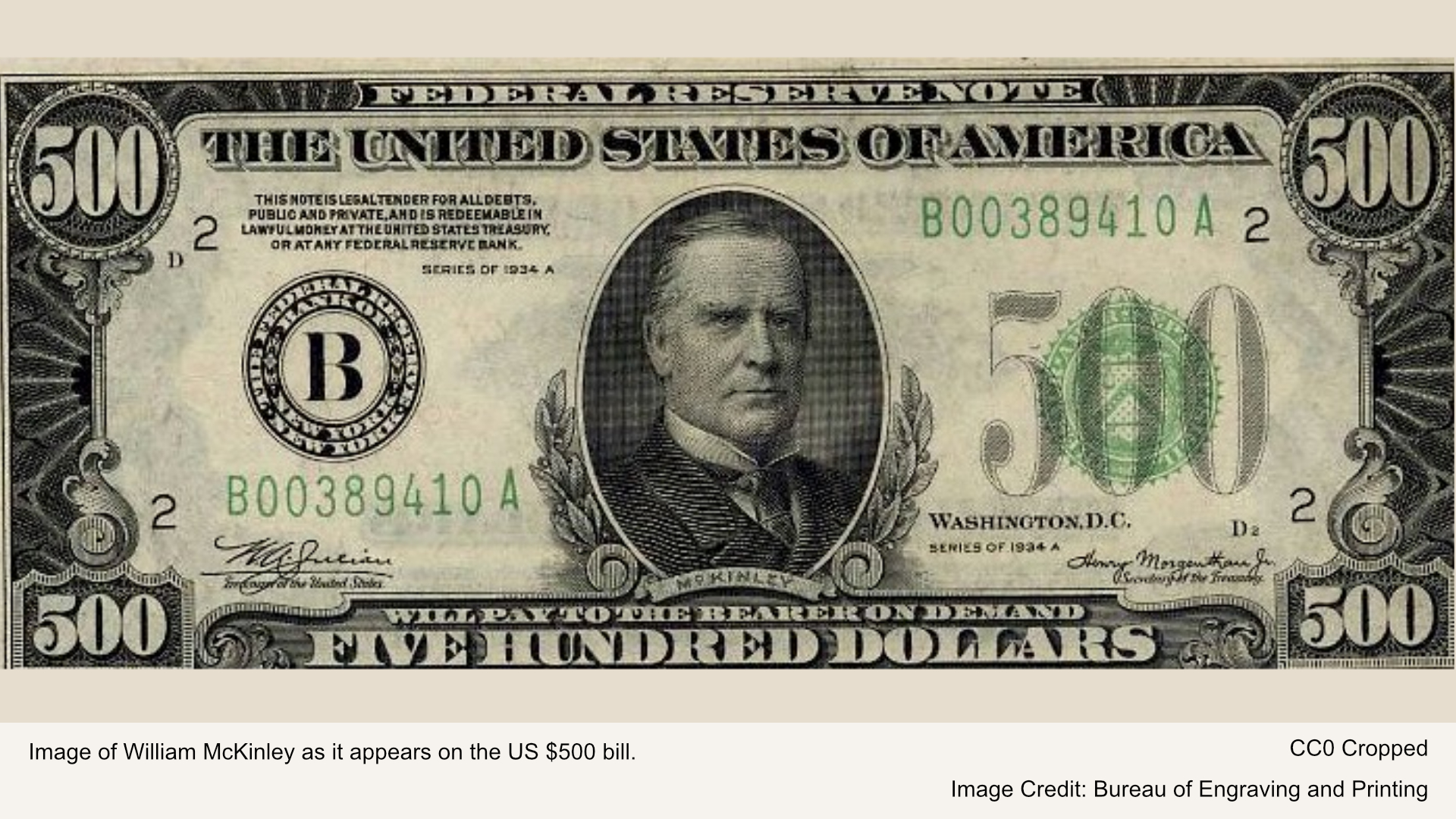The U.S. dollar strengthened against several major currencies despite mixed economic indicators and political uncertainty. President-elect Donald Trump issued threats of 100% tariffs on developing economies, including Brazil, Russia, India, and China, if they undermine the U.S. dollar. Trump’s statements aimed at deterring these countries from creating a new currency to challenge the dollar’s dominance.
- Dollar Strengthens Amidst Uncertainty: Despite mixed U.S. economic indicators, the dollar rose against major currencies, driven more by European political tensions than by Trump’s proposed tariffs.
- Euro Under Pressure: France’s budget-related political struggles led to a 0.7% decline in the euro, pushing it below $1.05 against the dollar.
- Economic and Market Signals: U.S. Treasury yields held steady at 4.19%. Manufacturing contraction was milder than expected, and upcoming job market data could influence Federal Reserve rate decisions.
- Global Stock Movements: Chinese stocks surged (Hong Kong +0.7%, Shanghai +1.1%) on strong manufacturing data, boosted by export demand ahead of potential U.S. tariff hikes.
The dollar’s rise on Monday seemed more influenced by European political tensions than by tariff threats. The euro fell 0.7% against the dollar amidst France’s political struggle over its budget. This decline pushed the euro below $1.05. Analysts suggested the political turmoil in France contributed significantly to the euro’s decline.
Meanwhile, U.S. Treasury yields remained relatively stable. The 10-year Treasury yield briefly climbed to 4.23% before settling at 4.19%. A report revealed that the U.S. manufacturing sector contracted again last month, but not as severely as economists had anticipated. The manufacturing data, coupled with upcoming job market reports, could influence the Federal Reserve’s future actions.
This week, key economic data will provide insights into the U.S. labor market. The October job openings report, weekly unemployment benefits data, and the November jobs report are scheduled for release. Economists expect U.S. employers to show accelerated hiring in November, recovering from October’s slow growth hampered by hurricanes and strikes. These reports may guide the Federal Reserve’s decision-making regarding interest rates.
Globally, Chinese stocks led gains due to positive manufacturing data. Monthly surveys indicated improving conditions, driven by a surge in new and export orders. These developments may be partly attributed to U.S. importers rushing to beat potential tariff hikes from Trump. Indexes in Hong Kong and Shanghai rose by 0.7% and 1.1%, respectively.
While the U.S. dollar’s recent strength reflects global economic dynamics, it remains resilient in the face of political and economic uncertainties. Investors continue to monitor the evolving geopolitical landscape for its potential impact on global markets and currencies.
- Bloomberg: “Dollar Strengthens Amid European Political Turmoil”
- Reuters: “U.S. Manufacturing Data and Its Impact on Federal Reserve Policy”
- Financial Times: “Chinese Stock Gains on Manufacturing Optimism”





![A Big Lots store in [[Murphy, North Carolina]] 7 April 2023, 16:39:50](https://newnooz.com/news/wp-content/uploads/2024/12/Big_lots-NEW_NOOZ.jpg)